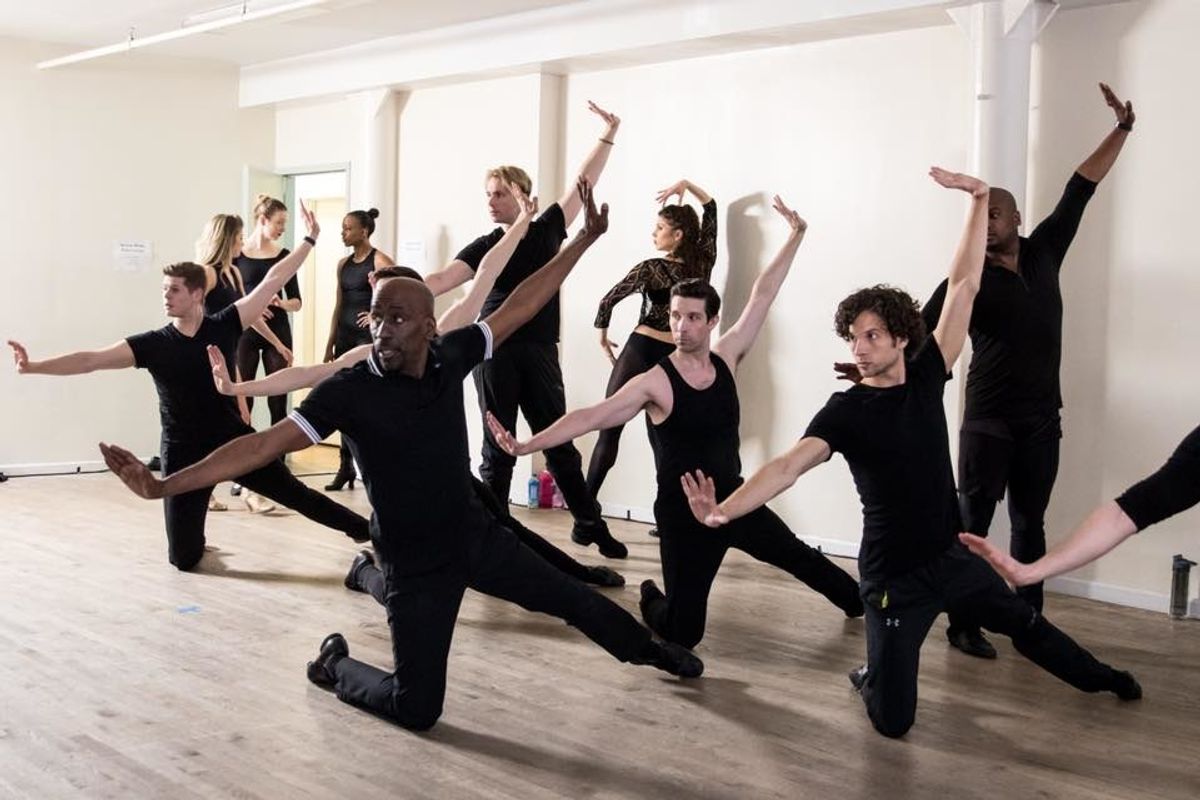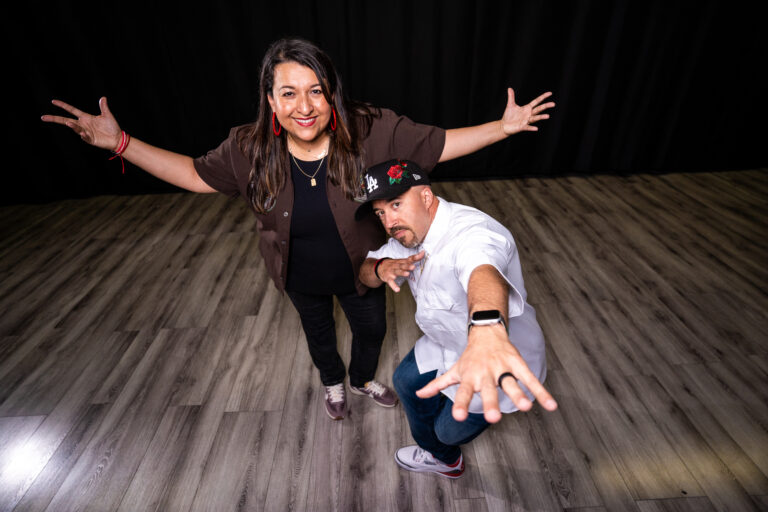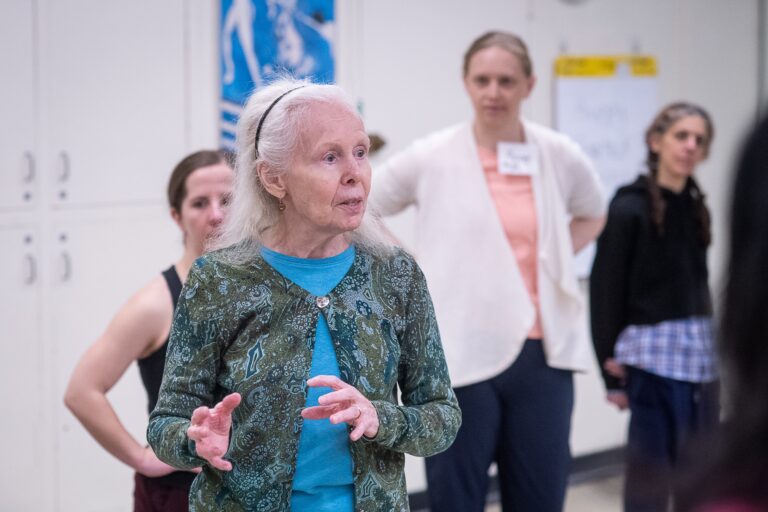
How does a choreographer maintain the authenticity of his or her work? Unlike the words in a book or lyrics from a song, attributing movement isn’t as black and white.
This makes the job of The Verdon Fosse Legacy, the organization that holds the rights and maintains the authenticity to Bob Fosse’s work, that much harder.
Beginning in the 1950s until his death in the 1987, Fosse’s iconic style spanned from Broadway stages to television and films. The work blurred lines. Although technically demanding, it also required a cool and breezy, almost pedestrian-like quality. With a sultry shoulder roll or an isolated hip wiggle, he revolutionized musical theater and jazz, molding dancers like Ann Reinking, Shirley MacLaine and Ben Vereen into stars. He didn’t have a strict technique (i.e. Martha Graham, Paul Taylor or Balanchine) or even a trust in mind, as Jerome Robbins did for his work, before his death.
“He (Fosse) didn’t realize how iconic his work was going to be in the future,” says Nicole Fosse, daughter of the late choreographer and Gwen Verdon and artistic director of The Verdon Fosse Legacy.
Fosse’s work continues to remain relevant and is frequently copied in pop culture, yet he’s not always been given credit. Remember Beyoncé’s 2009 “Single Ladies” video? For any person familiar with Fosse’s “Mexican Breakfast,” the comparison was unmistakable. No official credit.
Or more recently, Kelly Rowland, another Destiny’s Child alum, sprinkled obvious hints of “Who’s Got The Pain,” from Damn Yankees, throughout the music video. Fosse was given a shout-out on the video’s YouTube page, but there was no communication or sign-off of approval with The Verdon Fosse Legacy. The question of whether or not there should be is debatable. Imitation, after all, is the sincerest form of flattery, right?
“With Fosse’s work in general, people try to teach and perform his choreography all the time, and you wouldn’t necessarily do that with Graham or Balanchine or Jerome Robbins,” says Mary Callahan, project manager at The Verdon Fosse Legacy. “I’ve always wondered why with Fosse. Is it because it looks easy?”
When Nicole Fosse founded the legacy organization six years ago, she pulled from the foundation of forming a company. For a traditional dance company, like New York City Ballet or the Paul Taylor Dance Company, a repertory is established–the work taught to new to generations based on rehearsal notes, video archives, etc. Technically, only several of Fosse’s works are archived and held at The Paley Center for Media in New York City. “There was no dance company to hold my father’s work,” says Fosse. “It was so fleeting. There was a Broadway show, then a television special and a film. So I tried to create a company.” she adds.
With that in mind, she called upon three original Fosse dancers–Valarie Pettiford, Dana Moore and Lloyd Culbreath–who for three years taught monthly master classes to breakdown the choreography. Pulling from her ballet roots, Fosse adopted the word “reconstructeur,” a term referring to teachers who teach—not restage or change—the work. Other “reconstructeurs” have included Mimi Quillin, Ann Reinking, Donna McKechnie and Kathryn Doby, Fosse’s longtime assistant, among others.
Fosse says her father worked with dancers as if they were actors. “His work was a lot of information, a lot of nuance,” she says. “Your mode of expression was the choreography.”
With the intention to maintain the work’s integrity and to avoid learning the choreography solely from video, a series of master classes has been instituted.
Recently veteran Fosse dancer Lloyd Culbreath taught a weeklong immersion of Fosse technique and repertoire, including “Rich Man’s Frug,” to students at Wright State University in Ohio. “‘Rich Man’s Frug’ is already a beast of a number,” says Callahan, “and the style and references of the piece are not contemporary. It can be difficult to get this generation to physicalize the 1960s style. The Wright State students did a superb job.”
The legacy wants to continue to have all teachers trained by the organization or to have had a direct connection to Bob or Gwen Verdon. Only this year has Bob Fosse (and Fosse’s master classes) become trademarked.
“Our goal is to get as close to the original as possible,” says Callahan. “Nicole Fosse describes it like a game of telephone. The choreography is always going to get away from what it originally was, but we want to keep it as close as possible.”
Below, watch Broadway veteran Dana Moore’s recent Fosse workshop at Steps on Broadway in New York City. She taught the “Aloof” section from Sweet Charity’s “Rich Man’s Frug.”
If you have questions about using Fosse’s work, or would like more information, visit here.




